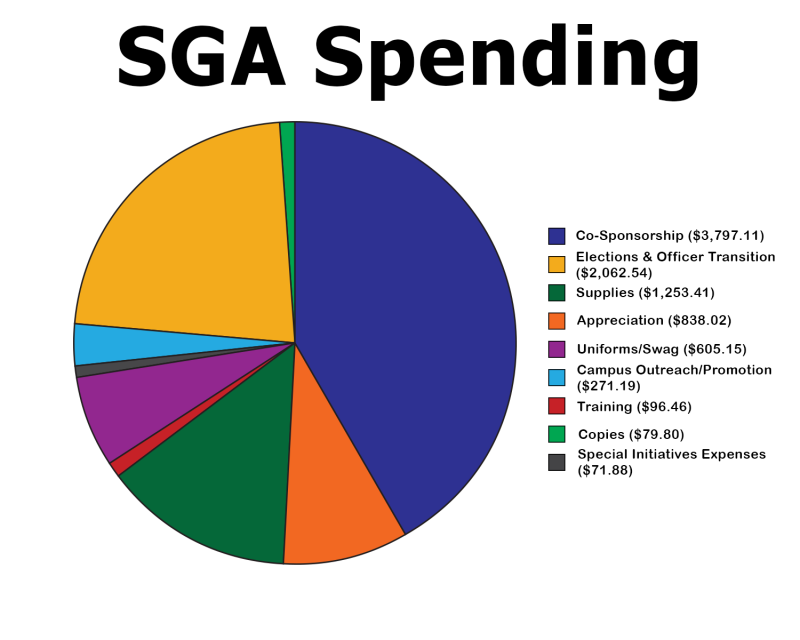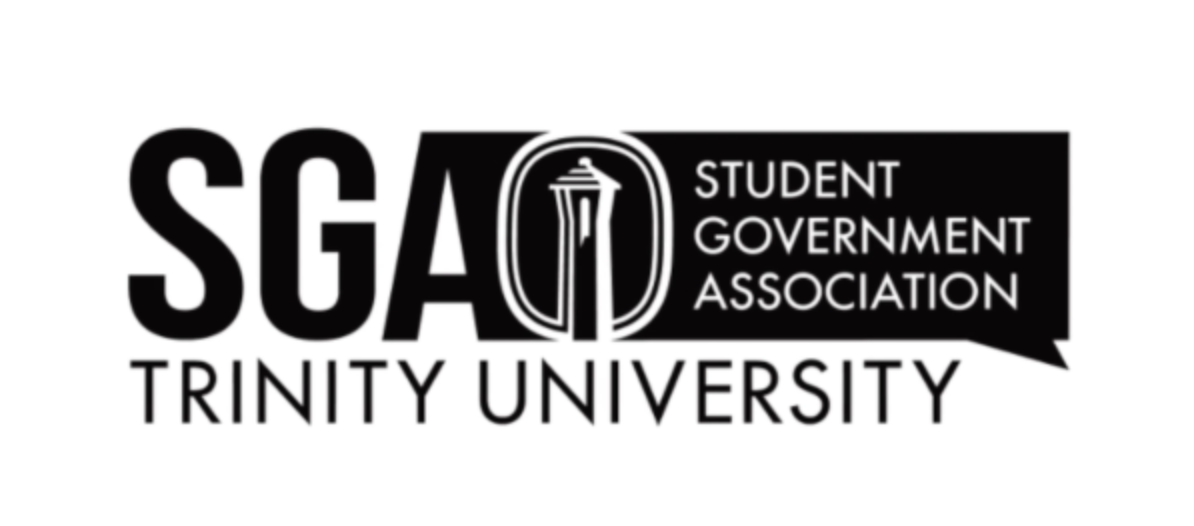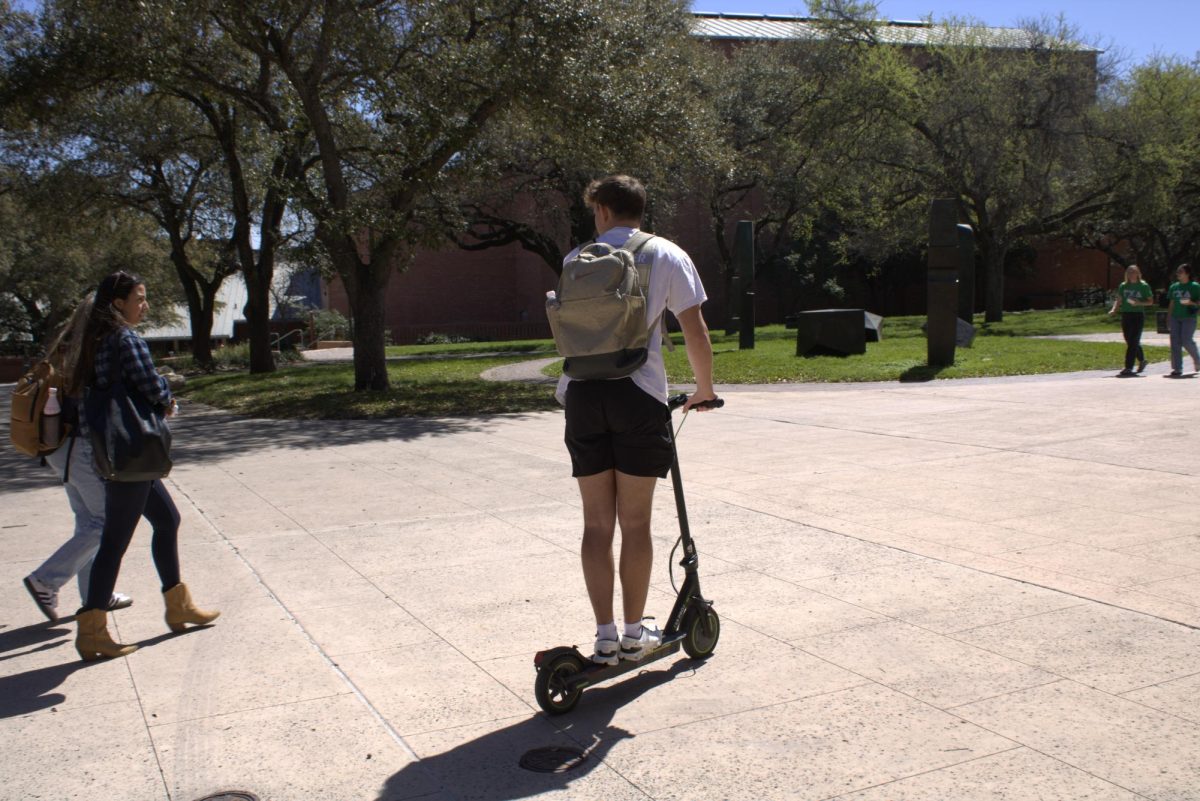While the student activity fee (SAF) goes towards many student organizations, part of that money is retained by the Student Government Association (SGA). The SAF, which consists of $150 paid by each student every semester, funds almost all of SGA’s internal budget.
Four percent of the SAF is retained by the university while the rest of the fund is managed by SGA and can be requested by both USOs and registered student organizations (RSOs). SGA receives two percent of the funds that are left after the university retains four percent of the SAF for their internal budget. The amount of money generated by the SAF differs from year to year depending on enrollment. The amount for the 2017–2018 school year was $707,075.19.
Jamie Thompson, advisor for SGA, explained that donations are the only other source of funding for SGA.
“Their donations are few and far between,” Thompson said. “Their operating budget is a set percentage of the student activity fee each semester. Unlike other USOs that get to submit requests for very specific budget categories and items, theirs is completely dependent on enrollment every semester because it’s a percentage of the student activity fee on a semester basis.”
SGA uses their internal budget on a variety of different things, with the highest percentage (42 percent) of the budget going towards co-sponsorships.
“We do different events throughout the semester that will pull from that budget, we’ll do a co-sponsorship with some organizations,” said Rachel Daniel, senior and vice president of SGA. “The National Arab Orchestra came on campus this semester, so we collaborated with them and provided them funds for that. We also provided funds for Midterm Madness, a general conversation open to all students around how the midterm elections went. We’ve helped co-sponsor things that some USOs will do that are all-reaching across all of campus.”
SGA spends a little over $2,000 on elections and officer transitions and $1,200 on miscellaneous supplies. Together, the group spends nearly $2,700 on appreciation, swag items and campus outreach. Training, copies and special initiative expenses are all expenses under $100.
SGA’s internal budget is also used to fund some campus-wide initiatives.
“A lot of people don’t know, but we are the ones who are responsible for all the menstrual products that are offered in some of the bathrooms here on campus,” Daniel said. “That comes straight out of our internal budget.”
While most committee initiatives are funded with SGA’s internal budget, one committee that has received outside funding is the sustainability committee.
“At this point, the committee has been really lucky because Sharon Curry, the head of the Sustainability Office here at Trinity, had resources we could use,” Julia Shults, senior senator, wrote in an email. “For example, she was able to lend us one of her extra bins for the pilot plastic bag program at City Vista, and her office was willing to provide the extra recycling bags. The sustainability committee will likely need funds from the internal budget in the future as it expands to more advertising and other initiatives.”
The percentage of the SAF allocated to SGA’s internal budget has remained the same since 2012.
“In 2012, at the time the vice president for Finance and Administration, Dean Tuttle and the person who was in my role at the time and a group of students who made up what was called the student finance board, they sat down to review and look at how the student activity fee was being administered,” Thompson said. “There were several changes made at that time. One was to increase the student activity fee to its current dollar amount. The other was to reconfigure who was responsible for the student activity fee, so it transferred responsibility to the Student Government Association.”
Because the structure of the SAF has not changed since 2012, Thompson believes that SGA will need to re-examine the SAF relatively soon.
“I think it’s time to do some benchmarking and look at where we’re at compared to other institutions,” Thompson said. “That dollar amount hasn’t changed since 2012 but a lot of other things around us and the economy have. As organizations are requesting funds, those things cost more in 2018 dollars than they did in 2012 dollars.”





